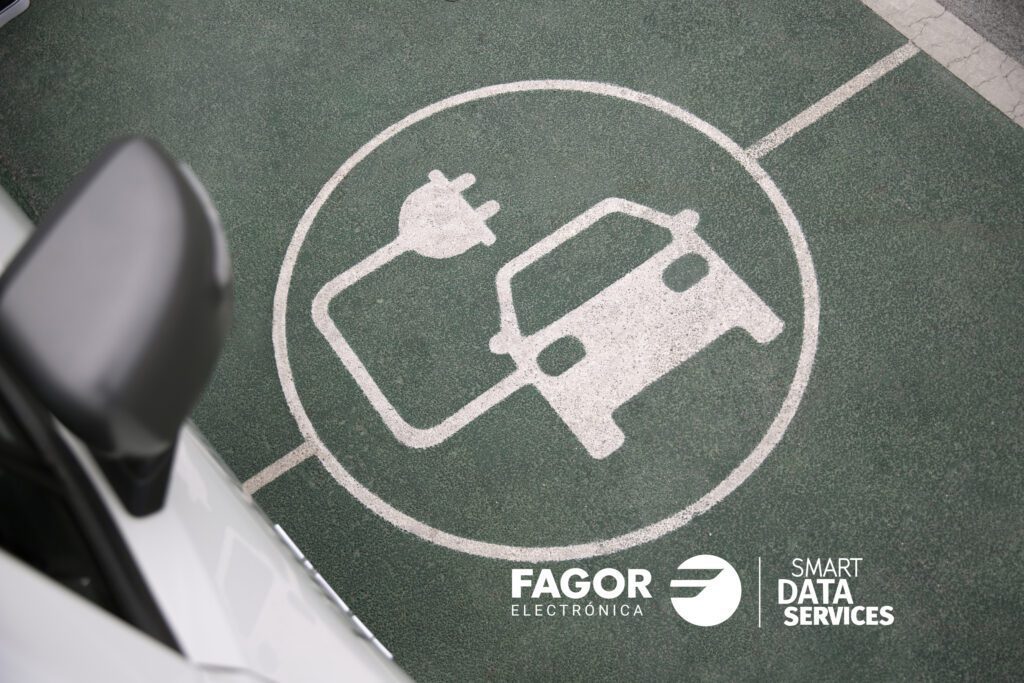Sustainable transport has come to the fore in recent years, driven by factors such as oil dependence, climate change and the sustainable policies of certain countries or economic zones.
The current fuel intensive transport model is increasingly being challenged and European policies have put an end to the production of vehicles powered by internal combustion engines.
With all this and the growing awareness of climate change, businesses and society need to start considering drastic changes to this clearly outdated model.
Sustainable transport is realised by integrating various production and management policies:
- Design and production of sustainable means of transport powered by clean energies and their market deployment
- Adoption of personal, urban and public transport strategies, from a sustainable point of view.
- Adoption of digital systems based on new technologies, to manage key issues such as traffic, transport, traceability, etc.
What is the sustainable transport?
Sustainable transport is part of a series of initiatives that seek to promote, on the one hand, sustainable and on the other profitability, that is to say, sustainable processes from several points of view, the economic one by maintaining profitable and profitable activities and processes, while being environmentally friendly and sustainable in terms of composition, waste, energy etc.
From the point of view of mobility and sustainable transport, the aim is to reduce the impact of this activity, both in the industrial and urban areas, by promoting the use of environmentally friendly means of transport, in order to reduce harmful emissions and noise and atmospheric pollution.
Sustainable mobility is integrated and regulated through the Sustainable Mobility Law, which is currently at the pre-project phase of Law and is based on four pillars:
- Mobility as a social right.
- Clean and healthy mobility.
- A digital and innovative transport system.
- Investing better in the service of the citizen.
Sustainable mobility examples:
- Rational use of means of transport, prioritising boat, train or plane over car or industrial vehicles.
- Use of the electric, hybrid or hydrogen vehicles.
- Use of the personal transport nonpolluting vehicles and public transport.
- Use of biofuels and derivatives.
- Gas application and transport additives.
The carbon footprint
In industry and in general, the term carbon footprint is used in terms of the control of polluting factors, a term related to the fight against climate change.
But What is the carbon footprint? basically it represents, as a measurement system, the volume of greenhouse gases emitted by an entity, be it a company, an individual, a country, a sector, etc.
The carbon footprint represents the amount of tonnes of CO2 emitted by the analysed activity. To improve greenhouse gas emissions, it is necessary to know the amount of emissions and from there to promote a containment and improvement plan. From the point of view of the company, it is the consultants who carry out the measurements and propose changes to improve emissions and reduce the carbon footprint.
Benefits of sustainable transport
Sustainable transport must be cost-effective if it is to be implemented and not be economically or operationally detrimental to transport and other sectors.
The implementation of sustainable transport, both from the point of view of sustainable management and the use of sustainable vehicles and resources, has several benefits:
- the use of sustainable vehicles represents a considerable fuel-related economic saving.
- from a business point of view, sustainable policies can bring prestige to the company and are subject to fiscal support from some entities.
- sustainable transport reduces emissions and consequently environmental pollution.
- sustainable transport contributes to improved levels of public health, as a result of reduced emissions.
- from an economic point of view, it reduces dependence on petroleum and thus increases the competitiveness of companies and the sustainability of production processes.
- sustainable policies and related practices will result in the creation of new jobs and skilled employment in the future.
- the push for digitisation through sustainable policies will lead to savings in transport and traffic management costs, resulting in smoother and calmer urban environments and transport in general.
Finally, it can be concluded that the application of sustainable policies in any aspect of business or daily life contributes to creating a sustainable society, both from a climatic, economic and psychological point of view.
Sustainability is not only applicable to transport, industrial processes, the materials with which products are manufactured, urban management systems, energy management, use of natural resources or others, its application is necessary and beneficial to all.



